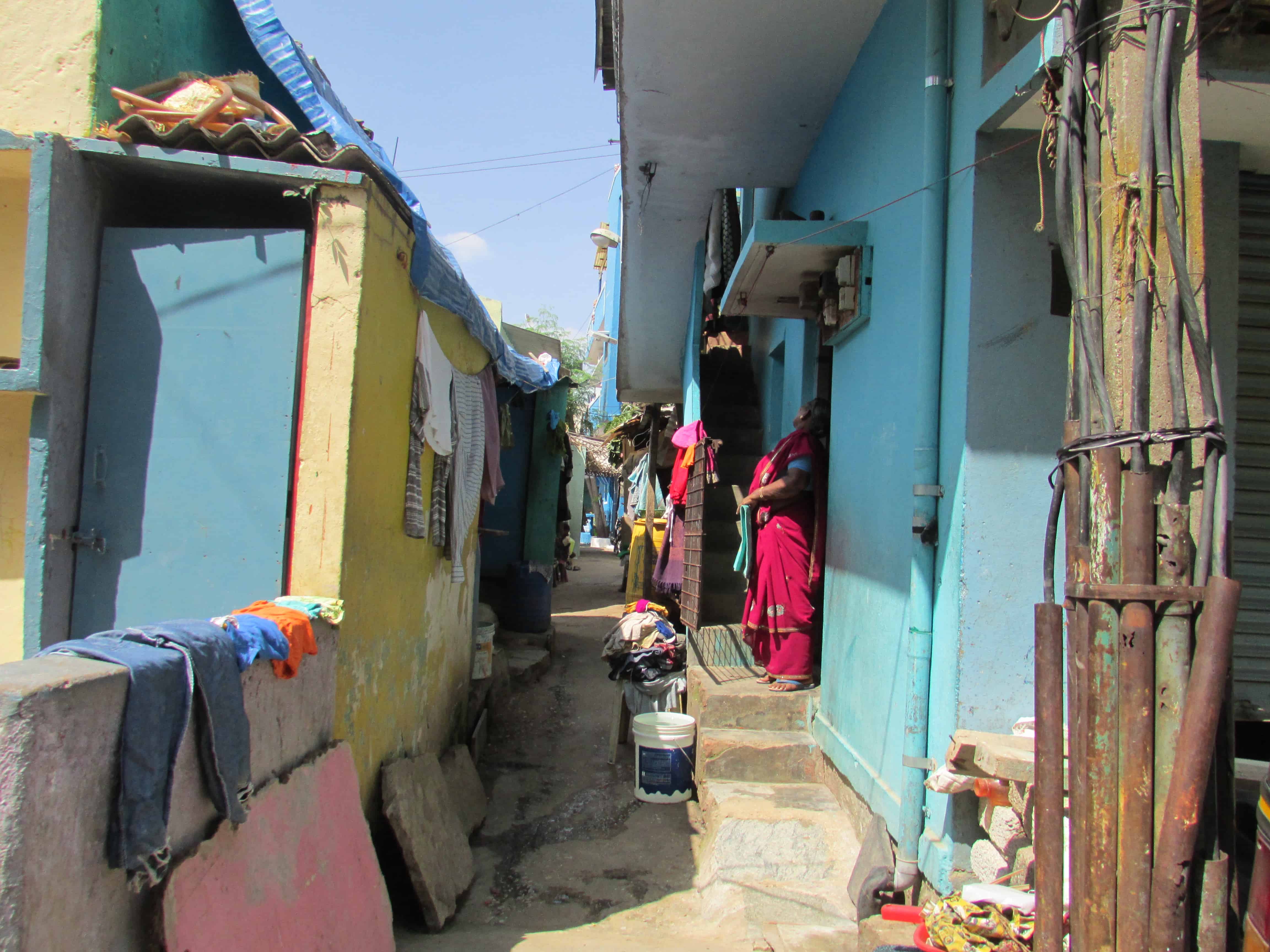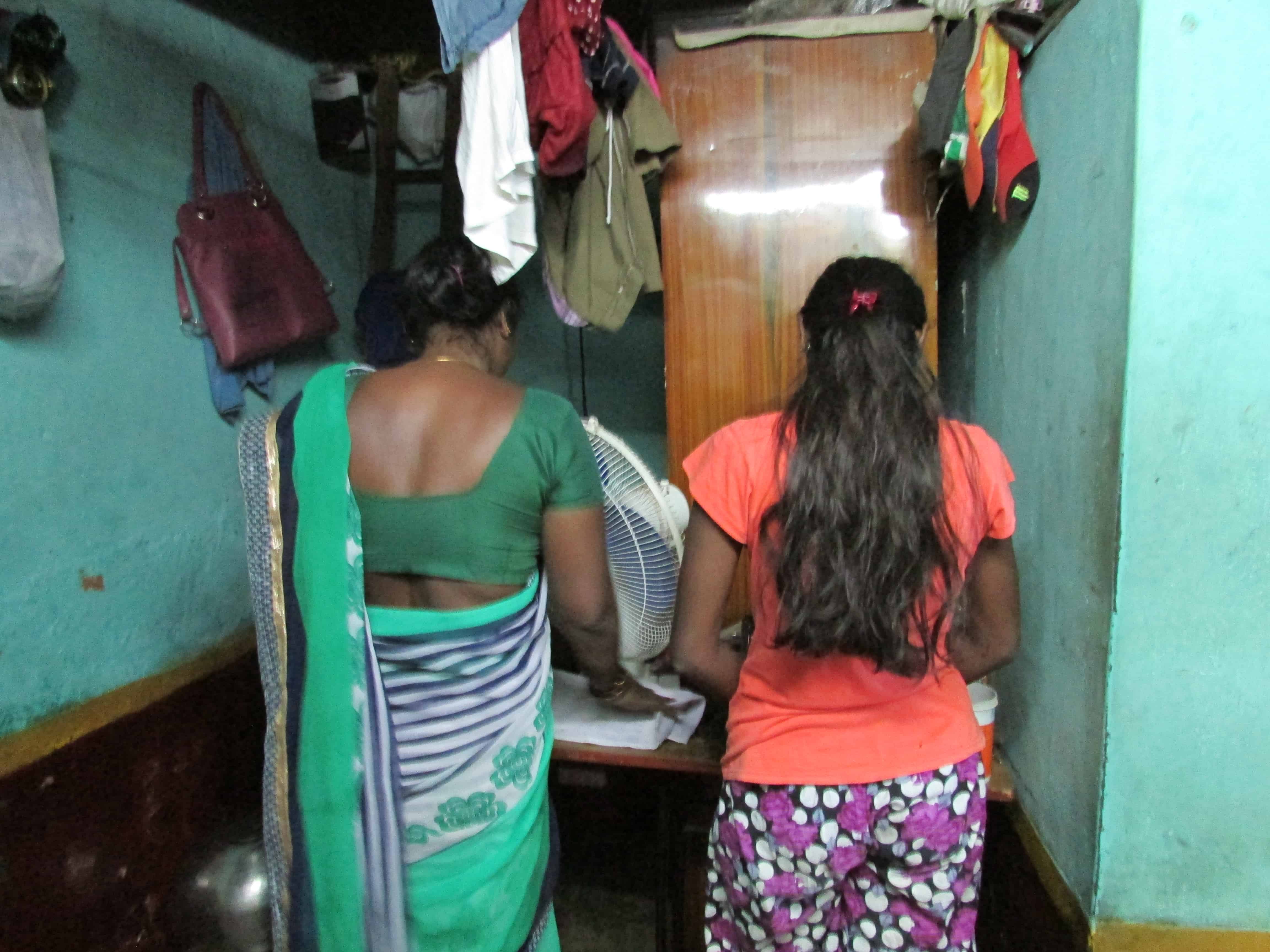
In our previous story on welfare schemes for the poor, we narrated the difficulties that below poverty line (BPL) families face in availing these. A majority of the people we spoke to said they were unaware of most schemes, others said they cannot really put their time and effort in running around government offices to get the schemes sanctioned.
The general notion among those belonging to the economically weaker sections is that one needs to make multiple visits to the government offices to avail the schemes which they see as a deterrent, because for them a day’s wage matters a lot.
But the government departments which are sponsoring these welfare schemes assert that the schemes are reaching intended beneficiaries and there are only a negligible number of instances where a BPL family may not have got the benefit it deserves. The officials from the department claim to be doing their best to promote the schemes to ensure that they reach the beneficiaries. With IT based systems in place, officials say the work has become easier and effective.
Scholarships and skill development
At the Social Welfare Department of Karnataka, Commissioner M V Savithri deals with pre-metric, post-metric scholarships for SC students, skill development (Navachetana), and employment cell schemes meant for scheduled caste communities. She negates all possibilities of hurdles, except in rare instances.
“As far as student scholarships are concerned, we have made the application system online now. Any deserving student with a caste certificate and other relevant documents gets the scholarship without fail, if only all the needed documents are submitted,” she told Citizen Matters. She informed that students or their parents (whichever number is mentioned in the scholarship application) will get an SMS update about the status of the application.
In case a student fails to get the scholarship, she is free to visit and enquire at the nearest social welfare office, be it at the taluk, district or the state level. “If eligible beneficiaries fail to secure benefits under social welfare schemes under other departments pertaining to the development of SC/ST/Backward Classes or look for any guidance in the process, they can take help from the offices of SC/ST departments and corporations. People frequently visit our office seeking help and we guide them,” she says.
To reach and help more beneficiaries, the Social Welfare Department has decided to open a 24X7 control room. The control room will also act as a complaint management system. People seeking help or wishing to file a complaint related to the social welfare department can do so by calling this number. Once the complaint is registered, they will be sent SMS updates. The control room will also act as an information dissemination centre, the Commissioner stated.
Health and family welfare
When asked about the reach of its programmes for BPL families, the Director of the Health and Family Welfare Department, Dr P L Nataraj said that such families are by and large aware of the schemes.
“We have been getting very good response to schemes such as Yeshasvini (rural health scheme). Even the Vajpayee Arogyashree scheme is picking up. Families are informed about schemes such as Janani Suraksha Yojane or Thayi Bhagya when pregnant women approach the government hospital for check-up. In the case of the Vajpayee Arogyashree scheme (which allows tertiary treatment in empanelled private hospitals), the eligible patients are informed about it when they visit the government hospital for screening,” the Director says.
He says the department has been promoting schemes and programmes through media programmes and advertisements and display boards in government hospitals. “We are pushing it in each and every forum. Whenever people call the health information help line 104 (Arogya Vani), a voice record is played, briefing the caller about various health schemes, during the waiting period to connect the call,” the Director informs.
Social security schemes
An officer from the Department of Social Security and Pensions who did not wish to be named said there was no hassle involved in applying for or availing social security and pension benefits.
“I think among all the welfare schemes, pension and social security schemes are the oldest and most popular among BPL families. We don’t really need to do anything to promote the already famous schemes such as old age pension, disability pension, widow pension etc. Online applications for all pension schemes are to be submitted at the nearest Atal Jana Snehi Kendra (Nada Kacheri). Even the illiterates need not worry about filling the forms. The staff at the Kendra fill the form as the applicant orally gives the details,” the officer said.
Once the application is submitted, it will go through a procedure before approving or rejecting it.
When asked about the time frame for completing the process after receiving the application, the officer said the application is processed within the time stipulated under Sakala (Karnataka Guarantee of Services to Citizens). Applicants can track it through SMS. “There was a time when the processing of applications was delayed, but not since Sakala was introduced,” the officer says.
There are over 10 pension schemes and the total number of beneficiaries of all these schemes in Bengaluru Urban district is 3.12 lakh.

Ground reality is different
However, despite what officials claim, ground realities present a sharp contrast when it comes to service delivery for the urban poor.
Problems are aplenty and it’s not a bed of roses for BPL families applying for benefits under these schemes, says Kathyayini Chamaraj, Executive Trustee of Citizens’ Voluntary Initiative for the City of Bangalore (CIVIC), who has been working with the urban poor.
“Availing the government welfare schemes is troublesome and a torturous process for the beneficiaries. It is not as easy and simple as it is portrayed to be,” she notes. While she says that the IT-based system in the form of e-governance has done some good, it has also complicated the processes for the poor.
For example, she cites the case of linking the EPIC number with ration card. “In 2014, the government made it mandatory to link the Voter ID number with the ration card. To enable this, the families were asked to send an SMS with the EPIC numbers of all family members to a particular number in a specific format. But during the process of sending SMS, there were technical glitches due to which the sender would miss feeding the EPIC number of one or two family members. In such a case, the Food and Civil Supplies Department would cancel the ration card of the family, calling it bogus. It is never easy for a person from a BPL family to navigate the system and such practical problems were not addressed in e-governance initiatives,” she says.
The process of securing benefits or services itself is complicated, as narrated in the previous article. As an example, Kathyayini cites the complexity involved when construction workers try to avail benefits meant for them.
“To avail the benefits, construction workers need to first register with the Karnataka Construction Workers’ Welfare Board. While studying their access to schemes, we have understood that the registration process itself is quite complicated. The workers end up spending 4-5 days just to register which involves getting the form from the bank, visiting a Bangalore One centre to submit documents, getting these notarised, getting it validated by the labour inspector, and then visiting the bank again to pay the registration fee. After doing all this just for registration, it takes years to get the benefits,” she points out, adding that spending days running from pillar to post is something poor families cannot afford.
Kathyayini also mentions that even getting a ration card from the Bangalore One centres is an arduous job for BPL families. “Bangalore One centres do have one counter reserved for BPL families. But we have observed that the staff at the counter behave rudely with the applicants. Their behaviour is discriminatory. Often the officials and staff do not guide the applicants properly,” she says.
“Introduce a single window system”
The solution for this problem lies in opening a single window system for all schemes meant for the urban poor, believes Kathyayini Chamaraj. She says, her organisation has been advocating with the government to introduce a single window system, where the BPL families should be able to apply for any of the schemes meant for them, avail the services and get ready made information about all the schemes. “At present, there is lot of confusion about schemes because of multiplicity, overlapping and duplication. The system needs to be simplified,” she says.
She also insists on setting up fully functional grievance redressal mechanisms to address the complaints. “Now the grievance redressal mechanisms within the departments are mostly dysfunctional and people have no idea how the redressal system works, due to which they end up running from pillar to post,” she says.
People’s participation platforms like the vigilance committees in ration shops, school development and monitoring committees, Arogya Raksha Samitis in the hospitals, all exist only on paper. If they were functional, then the grievances could have been resolved locally. Often meetings of these bodies are not held, false minutes are prepared and people who are put on those committees do not really represent the public because of the prevalent co-opting system.
Generally vigilance committee members in ration shops are selected by ration shop owners. There are several instances of shop owners offering extra grains to the committee members free of cost and getting their signatures on the meeting minutes, portraying as if the meeting was held or there were no grievances at all.
“Unless we have a fully functional and efficient single window and grievance redressal system, the welfare schemes will continue to remain far from the reach of those they are meant for,” the civic activist notes.
Related Articles
So many social welfare schemes for the poor, who benefits?
Night shelters for homeless in Bengaluru: fundless and neglected
BBMP helpline unaware of its own night shelters